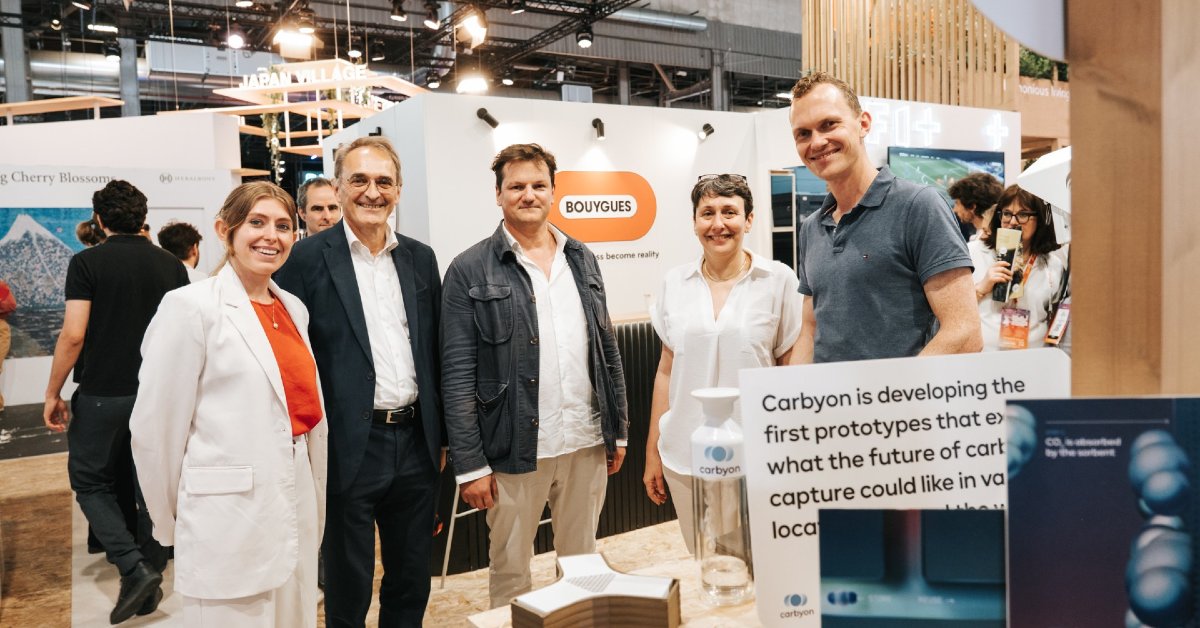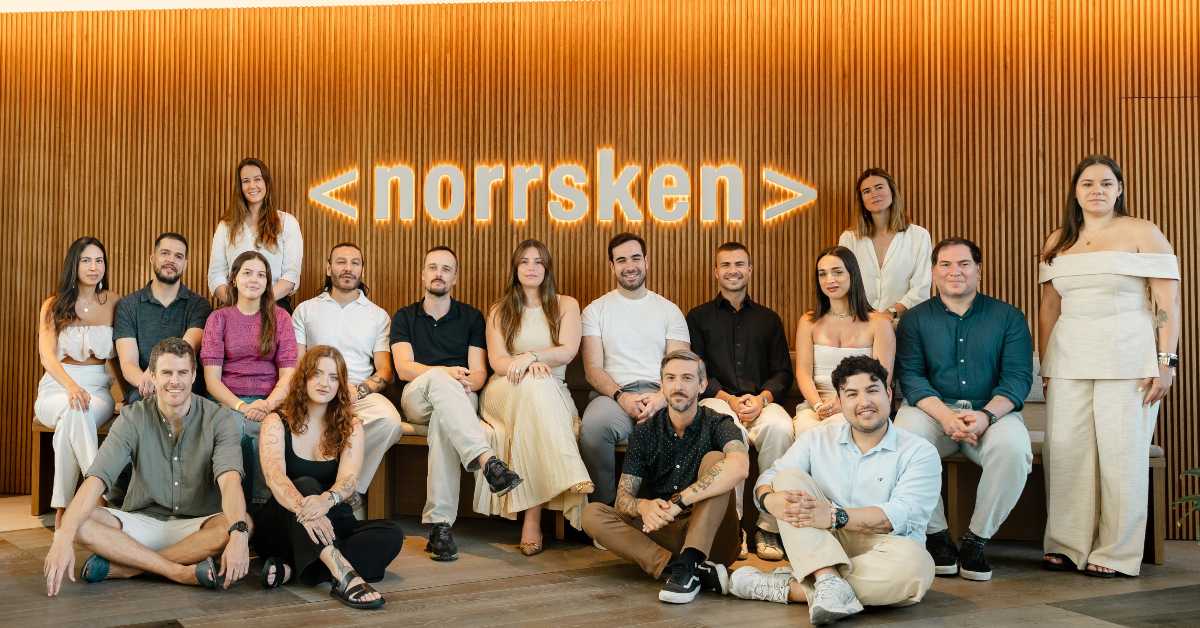With an aim to provide clean mobility everywhere, the Netherlands-based solar electric car company, Lightyear, announced that it has raised $110M (approx €93.43M) in a fresh round of funding. This investment aligns with the company’s long-term focus on sustainability.
Investors in this round
The current round of funding came from Cooperation DELA, one of the largest international insurers in the Netherlands, and from private investor and art collector Joop Van Caldenborgh, among others.
Lex Hoefsloot, CEO & co-founder of Lightyear, says, “It is great to see the acknowledgement from investors, which is a testament to the confidence that they have in Lightyear. Thanks to the trust and funding received from our investors, we can further grow as a company and bring our Lightyear One exclusive model on the market in 2022.”
Use of the capital
In March, the company had raised €40.2M and announced that it was going to launch ‘Lightyear One’ – its exclusive series car, by the end of 2021. However, due to the impact of the Covid-19 pandemic and lack of funds, serial production was delayed.
But with the current round of funding, the Dutch company will gear up for mass production of its solar electric vehicle. The company now plans to launch the vehicle in 2022.
Lightyear is also planning to mass produce a second solar electric vehicle. “We plan on going into production with this new mass-market model in 2024,” says the company.
What is Lightyear working on?
Lightyear is a tech company that is developing an ultra-energy-efficient automotive platform. The company was founded in 2016 by Arjo van der Ham, Koen van Ham, Lex Hoefsloot, Martijn Lammers, and Qurein Biewenga.
The company is working towards commercialising its patent portfolio that covers innovations for an efficient powertrain, high yield solar roof, and optimised thermal management system, in order to minimise the charging needs and grid dependency of its vehicle – Lightyear One.
The company claims that the car’s architecture and technology have been developed with efficiency in mind, allowing Lightyear One to consume only 83 Wh/km, which is two to three times less energy than any other electric vehicle on the market today. This results in the car having a range of about 725 KM (WLTP) with the lowest emissions, the lowest charging frequency, and 7,000 to 20,000 KMs of clean solar range every year.
Lightyear One will also be able to recharge from its own solar roof up to 80 per cent of the annual yield for an average driver in San Francisco, California. The car is currently priced at €149,000.
The vehicle was announced worldwide in 2019 and the company has been working towards the first customer deliveries.
The company’s team is made up out of a mix of young talent and experience from the automotive industry, including former employees of Tesla, Audi, and Ferrari.
Recent developments
In July 2021, Lightyear tested its latest prototype in a test track in Germany for over 440 miles (710 kilometers) on a single battery charge. This distance is the longest range an electric vehicle has ever achieved on 60 kWh of energy.
Lex Hoefsloot says, “After four years of hard work and in-house development, this validates the performance of our patented technology and truly shows that we can deliver on our promise.”
“At a speed of 85 km/hr, we drove for almost 9 hours straight on one single charge. Even the most efficient electric cars on the market today consume around 50% more energy at this relatively low speed,” adds Hoefsloot.
Also in July, Lightyear announced a partnership with Valmet Automotive as a production partner for Lightyear One. Based in Finland, Uusikaupunki, Valmet Automotive is a car manufacturer with over 50-years of experience and around 1.7 million built cars.
Lightyear also opened up a new production facility in Venray in the Dutch province of Limburg for its solar roof systems.










01
From telecom veteran to Dutch Startup Visa success: The Jignesh Dave story